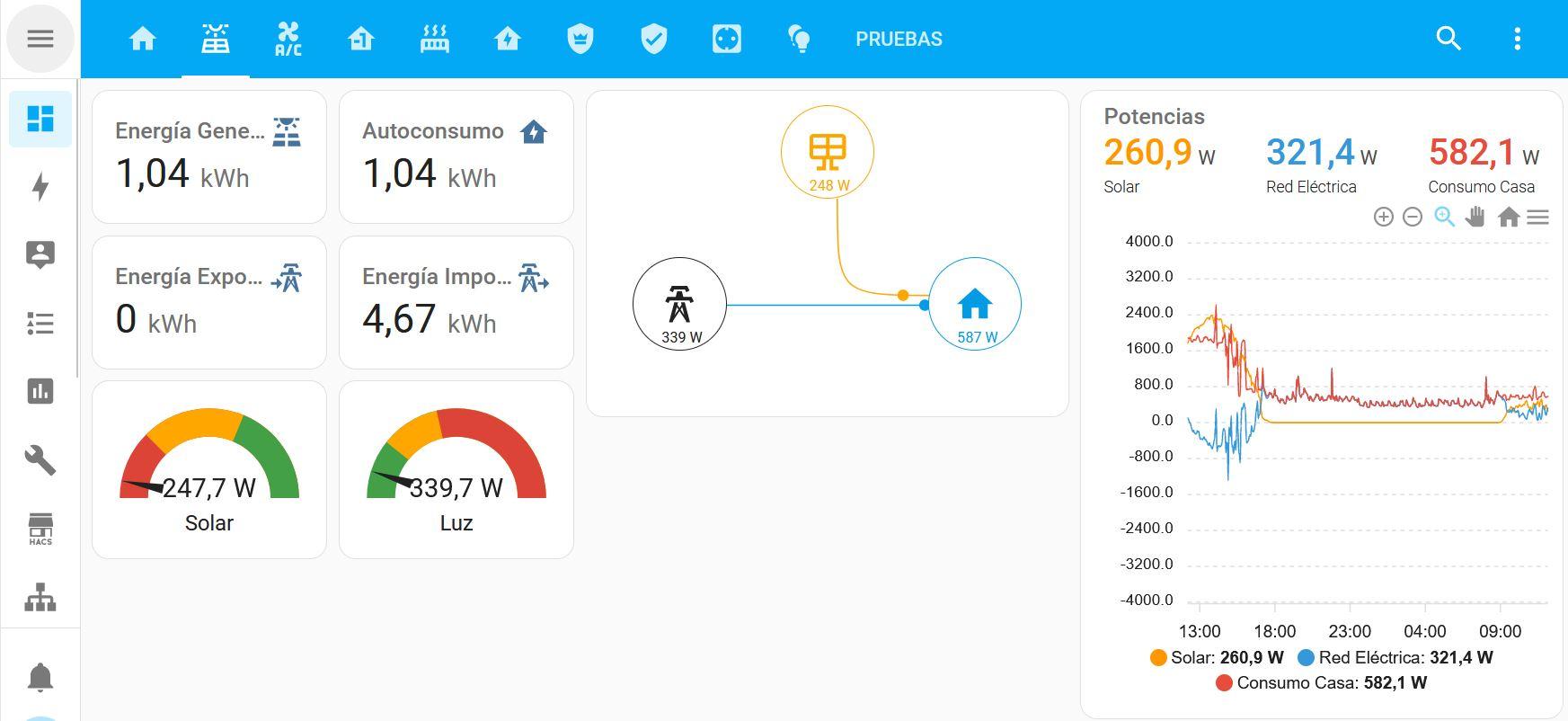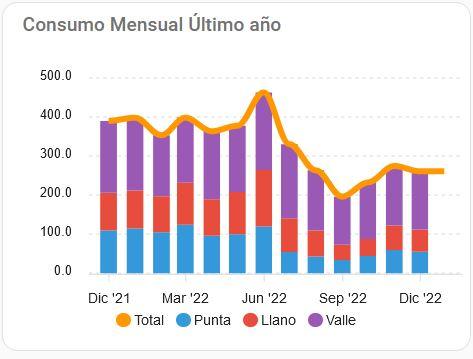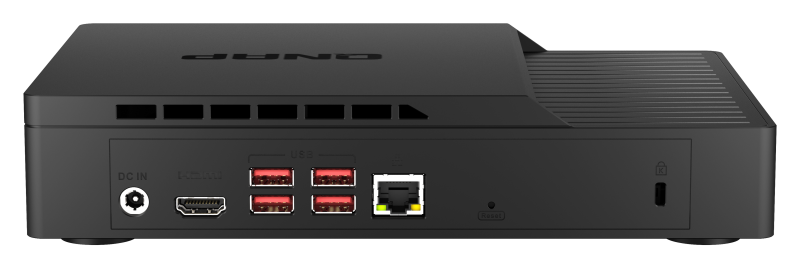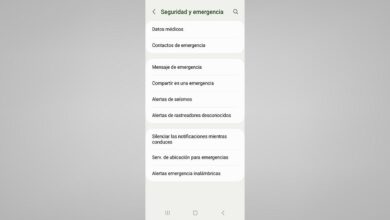
when we make a photovoltaic installation with solar panels in our homes, we do it with the goal of saving as much as possible on the electricity bill. Depending on the level of self-consumption that we can carry out at home, we will have more or less savings during the different months. An important aspect is that you always have to speak in kWh of consumptionbecause the electricity marketer rates may vary. If we have reduced our consumption in kWh by 50%, but the retailer increases the price per kWh by 100%, then we will pay exactly the same, but we will pay half compared to not having installed the solar panels. Today I am going to tell you what I have saved with my installation of solar panels.
Characteristics of my photovoltaic installation
The photovoltaic installation at my home consists of a total of 10 solar panels of 455Wp each one of themtherefore I have a installation of 4.55kWp installed. The inverter that I use is the typical Huawei with 4KW of power, since normally the panels are oversized because very rarely they will be working at 100% of their maximum theoretical capacity. This Huawei inverter allows me to see the statistics of solar production and power demanded from the electrical network with an application called Fusion Solar, although I could also access locally through WiFi with the SUN2000 app in administrator mode.
I personally have a home automation system based on Home Assistantusing a Shelly EM with two current clamps to measure solar production and also the power demanded from the electrical network. In this way, I will be able to have the same statistics that we have in the inverter, but with more advantages:
- May l see real-time solar production, the power demanded in the electrical network and also the total consumption of my house. With the Fusion Solar app there is a time lag between what it shows you and what it is actually producing, with this it is in real time. In addition, it is not necessary that I be at home to access the inverter locally, but I can access the home network and the Home Assistant via VPN, or through the reverse proxy with Traefik.
- May l automate different actions to make the most of solar production, having self-consumption levels of more than 70% without much effort.
Without a doubt, the latter is the best thing about Home Assistant, since I can automate the air conditioning of my house (either air conditioning or heat pump) depending on solar production, to self-consume as much as possible. In this way, when the panels are producing little (about 1200W) I can activate the radiator that consumes just this, with the aim of making the most of the solar production. In the case of summer, as soon as it is producing about 1,500W I can activate the Split-type air conditioning, and when it produces more than 3,500W I can activate the AC per driver and air-condition the whole house. i can too activate portable radiators (with their corresponding connected smart plugs) and any “smart” devices.
Thanks to the “intelligence” of Home Assistant, self-consumption levels of more than 70% can be reached without many problems, although at first it is necessary to configure everything very well and see what consumption we have of each device.
Consumption history in kWh
In our particular case, before having the solar panels we had a consumption of approximately 350kWh per month, except in the month of June with the arrival of the heat when we reached 450kWh. The photovoltaic solar installation was installed on July 8, so I spent a week without the solar panels for that month. In the month of July I used about 350kWh, with the air conditioning throughout the day without using anything from the electrical network, however, at night there were many times to put the AC on due to the heat. August was where I had the greatest production thanks to the photovoltaic panels, and where I had a consumption of 250kWh, 200kWh less than in June, almost half.
As you can see in the previous graph, in the month of September I made a record in low consumption, not reaching 200kWh while before the normal would have been approximately 350kWh-400kWh. As of this month, consumption has gradually risen due to clouds and rain.
As you have seen, my consumption in kWh has been reduced by almost half thanks to my solar panels, in addition, we must take into account surplus sales at a rate of €0.05/kWh that is directly discounted on the bill .






